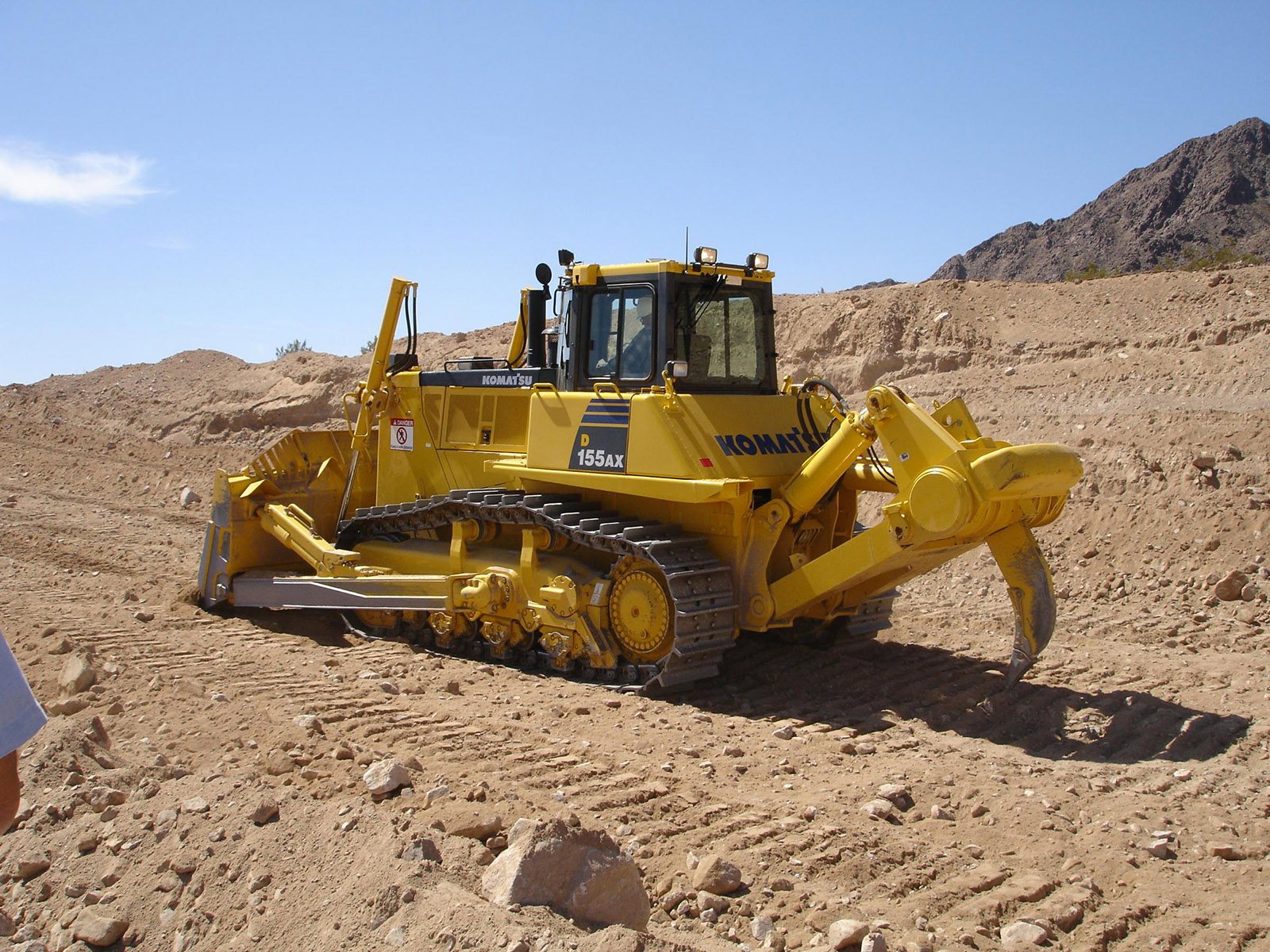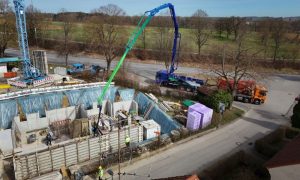Chinese downturn pushes focus to Middle East, Americas
The Chinese slow-down and the European debt crisis is beginning to leave a hole in the pockets of manufacturers, but there is hope in the Americas and the Middle East. The Business Insider painted a very bleak picture of the Chinese economy last month, predicting that a Spain-style crash in its construction sector was hiding […]

The Chinese slow-down and the European debt crisis is beginning to leave a hole in the pockets of manufacturers, but there is hope in the Americas and the Middle East.
The Business Insider painted a very bleak picture of the Chinese economy last month, predicting that a Spain-style crash in its construction sector was hiding around the corner of its central bank’s next interest rate cut. The article seems out of step with other analyst assessments such as Freedonia’s latest report that says that the country’s construction sector will continue to expand by at least 8.5% into the next decade.
According to BI, construction is at the heart of a ticking timebomb hidden in the Chinese economy. In 2010 China’s “construction binge pushed its investment/GDP ratio to 48.5%, a record unprecedented in the recent history of China and other major economies. It’s sufficient to say China is a construction-led economy” says the article. Noting that cement consumption of 1800mt per capita reached that year is non-sustainable, it goes on to explain that it means there is now three times the amount of accommodation needed for its migrating workforce and if this continues there will be enough houses for 300 million people by 2015 and only 100 million to fill them.
Essentially the article argues that too much investment can be a bad thing (“Let’s make no bones about the fact that China’s investment-fuelled growth including the construction binge is a Ponzi scheme.”).
The effects are already being felt by the construction machinery manufacturers that could potentially have a profound effect on the entire industry. The construction industry has been geared and tuned to a driving Chinese engine and now that
In fact we’re already seeing it. Komatsu, the world’s second largest manufacturer, has just experienced its 14th consecutive month of minus growth in the China. Sany may be selling more excavators but unit sales may increase 10 percent this year, slower than a previous target of 40 percent, with its vice chairman Xiang Wenbo saying the lower sales forecast reflected an increasingly decelerating economy and government property market curbs sapping demand.
Perhaps as a result its much delayed IPO on the Hong Kong stock exchange which looked to be back on at the start of July has again been postponed.
Where once investors were bullish on the Chinese now they are cautious. We’ve been hearing there are too many excavators in the Chinese market for some time and the next 18 months will be a testing time for manufacturers.
Chinese companies may have to start adopting strategies that have not come naturally to them in the past, such as focusing on aftersales and developing their dealer networks both at home and abroad. This has hurt them in some areas within the Middle East, with the Gulf countries in particular proving to be an enigma (Liugong’s excellent regional hub in Dubai is proving to be the exception rather than the rule).
Of course China’s boom has boosted the sales of international players who managed to set up shop there but it is telling that their attentions are now turned to other markets. Komatsu itself has seen its sales the gap between sales of equipment in the Middle East and Africa region and China close over recent months,.
Sales of Komatsu equipment in Africa increased by 82% in May and the world’s second largest construction machinery company also saw gains of 19% in year on year sales in the Middle East.
It may be struggling in the country but Japan’s Komatsu is still revered among Chinese manufacturers for its progress in global markets.
A report by Wu Huimin, analyst at China International Capital Corporation, said Chinese companies should follow Komatsu’s example on the international stage.
“A low level of market consolidation, simple product structure and low sales in overseas markets are the characteristics of China’s machinery sector,” said Wu. “Chinese companies should follow Komatsu’s model by improving product quality and becoming more internationally competitive.”
One region that is holding attention is the South American market. The main focus appears to be Brazil which has historically levied imports so heavily that manufacturers have resorted to a variety of tactics to target the market, including cross border imports and shipping in kits. However the loosening of controls is seeing an increase of foreign equipment. In some instances Brazilian steel has been traded for machinery via the many trade pacts and bodies that have sprung up between Brazil and China.
Obviously Chinese companies are not alone in targeting Brazil and Caterpillar has performed strongly in the country of late. The growth figures of 60%-plus last year may be unattainable, but its dealers continue to record sales growth of 30%. The decline in growth – and it must be emphasised it is still growing – has not been viewed positively on Wall Street and it has seen its share price decline from $115 to $85 in the first six months of the year.
Caterpillar has been a major beneficiary of China’s boom but as it slips back from representing half of Global total sales, the company has been able to use a strengthening US market as a foundation to explore its options elsewhere.
At the head of its list is Brazil. But its own story there is telling. As Chinese companies flooded the recent M&T show in Sao Paolo rumours were circulating that Caterpillar was preparing to ship 2,000 excavators to the country. The irony being that they will be Tier 2 and Tier 3s made not in the US but in China.










